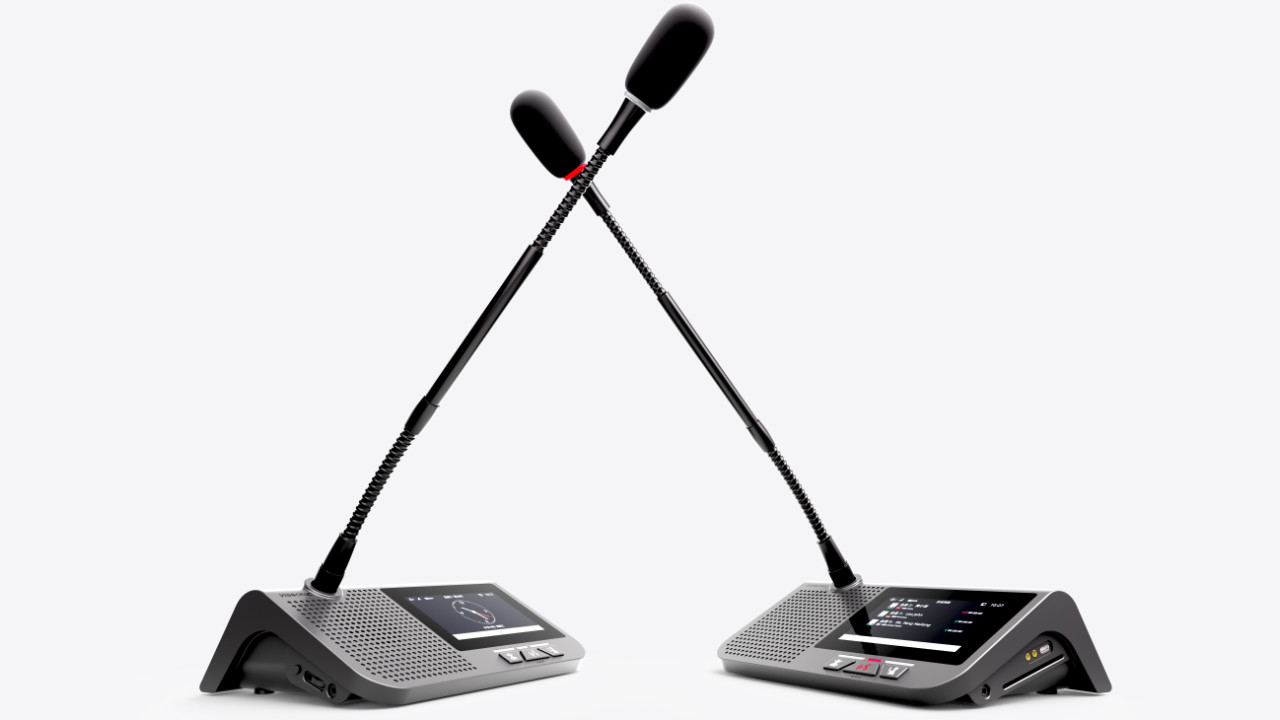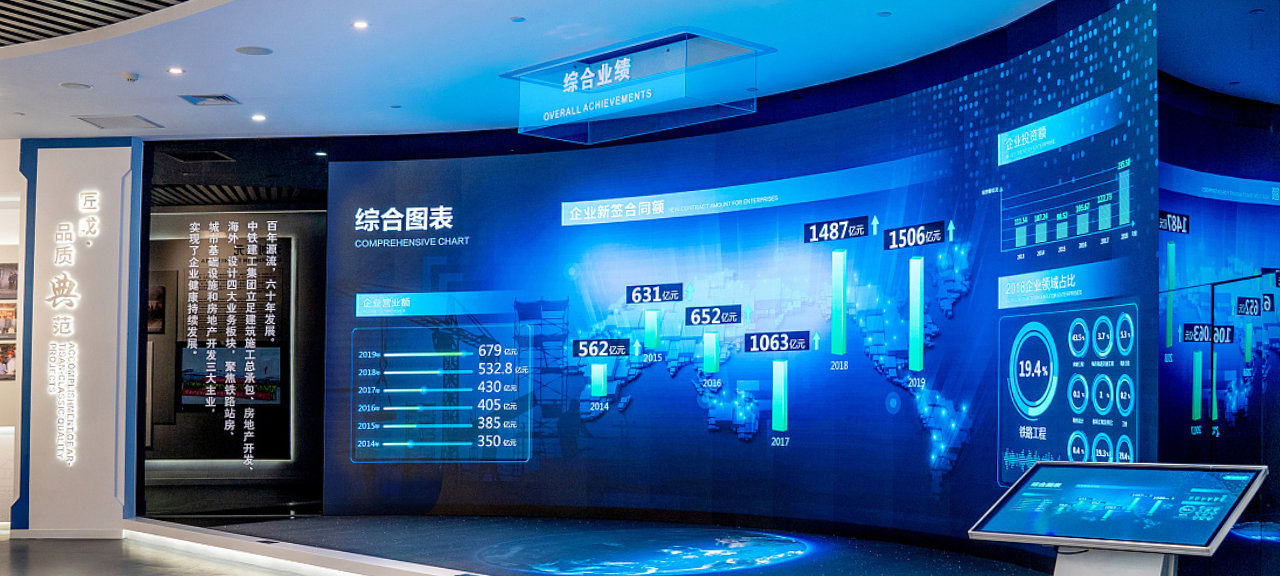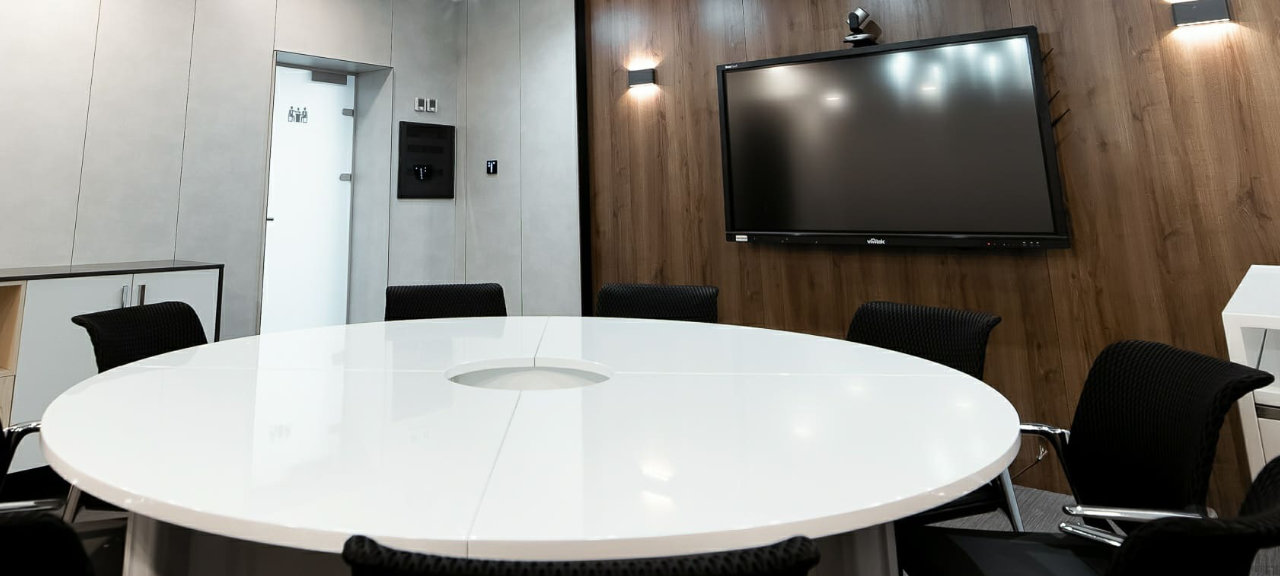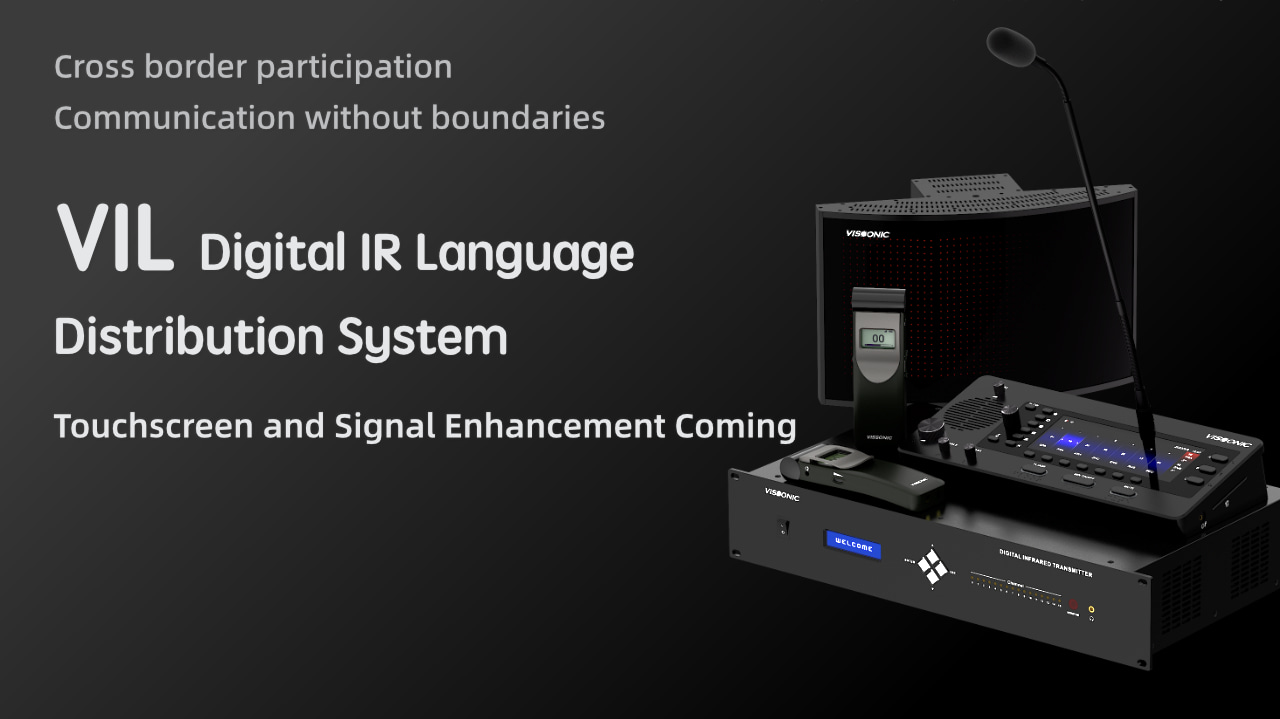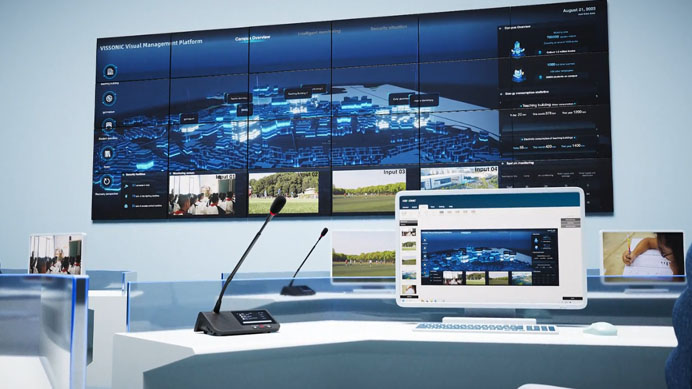Modular Video Wall Processors Buying Guide
Choosing the right modular video wall processor is crucial for businesses and organizations that require reliable, high-performance display solutions. These processors play a vital role in managing and controlling large screens, ensuring smooth content delivery across multiple displays. In this guide, we’ll cover everything you need to know about selecting the best modular video wall processor, from key features to consider to frequently asked questions.
What is a Modular Video Wall Processor?
A modular video wall processor is a device designed to manage the content displayed on multiple screens or displays that make up a video wall. The processor divides the signal into different parts and sends each part to the appropriate screen, ensuring seamless synchronization and optimal image quality. Modular processors allow users to customize the configuration according to their unique needs, offering flexibility for a wide range of applications, including corporate environments, control rooms, advertising displays, and more. VS LED/LCD Video Wall Processor tackles diverse signal demands at the hardware level. For instance, in a project with 12 panels but 20 input sources, our VISSONIC 16-channel video matrix effortlessly handles all 20 signals for seamless integration.
4K 60Hz Modular Video Wall Processor
Key Features to Look for in a Modular Video Wall Processor
When choosing a modular video wall processor, certain features are essential to ensure that it meets your specific requirements. Here are the most critical aspects to consider:
1. Scalability: Choose a processor that can be scaled to accommodate additional displays or future upgrades. This is especially important for growing businesses or operations that may need to expand their video wall over time.
2. Input and Output Flexibility: Look for processors that support a variety of input and output formats, such as HDMI, DisplayPort, and DVI. This flexibility ensures compatibility with different types of content sources and displays.
3. Real-Time Processing: A modular video wall processor should handle real-time video processing without delay or lag. This feature is critical for environments like control rooms or live event displays where timing is crucial.
4. User-Friendly Software Interface: Opt for processors that come with intuitive and easy-to-use software for managing the video wall. A user-friendly interface can save time and effort when configuring content and adjusting display settings.
5. Reliability and Durability: Ensure that the processor is built with high-quality components that guarantee long-term reliability. This is important for applications where the video wall needs to operate continuously for extended periods.
Why Choose a Modular Design?
Modular video wall processors offer numerous advantages over traditional fixed systems. The primary benefit is flexibility. With a modular design, users can easily add or remove components as needed, making it easier to adapt the video wall system to changing needs. Whether you're expanding the number of displays or upgrading the processing power, modular systems allow for customization without requiring a complete overhaul of your setup.
Additionally, modular processors are often more cost-effective in the long run. Instead of purchasing an entirely new system when upgrades are required, you can simply swap out or add specific modules, saving both time and money.
Common Applications of Modular Video Wall Processors
Modular video wall processors are used in various industries and settings due to their versatility. Some common applications include:
1. Control Rooms: These processors are widely used in security, surveillance, and monitoring control rooms where real-time data visualization is essential.
2. Corporate Events and Presentations: Video walls powered by modular processors help deliver impactful presentations and immersive corporate event experiences.
3. Advertising Displays: Retailers and advertisers often use video walls to create dynamic and engaging advertisements, ensuring maximum visibility and audience interaction.
4. Broadcast and Media: Media companies rely on video walls to manage multiple live streams, broadcasts, and real-time updates.
FAQs about Modular Video Wall Processors
Q1: What is the difference between modular and non-modular video wall processors?
A: Modular processors are customizable and allow for easy expansion or changes in configuration, while non-modular processors have fixed specifications and are not as flexible in terms of upgrades or scalability.
Q2: How many displays can a modular video wall processor support?
A: The number of supported displays varies depending on the processor model. High-end modular processors can handle dozens of displays, while others are designed for smaller setups.
Q3: Can I upgrade my existing video wall processor to a modular one?
A: Yes, it’s possible to replace a fixed video wall processor with a modular one. However, compatibility with your current display setup and content sources should be evaluated first.
Q4: How do I ensure optimal video quality with a modular processor?
A: To ensure high video quality, choose a processor that supports 4K resolution, real-time processing, and high-quality input/output formats. Proper calibration of the display system is also crucial.
In conclusion, selecting the right modular video wall processor is key to ensuring your video wall delivers superior performance and adaptability. By focusing on key features like scalability, input/output flexibility, and real-time processing, you’ll be able to find a processor that meets your specific needs and maximizes the impact of your video wall system.

